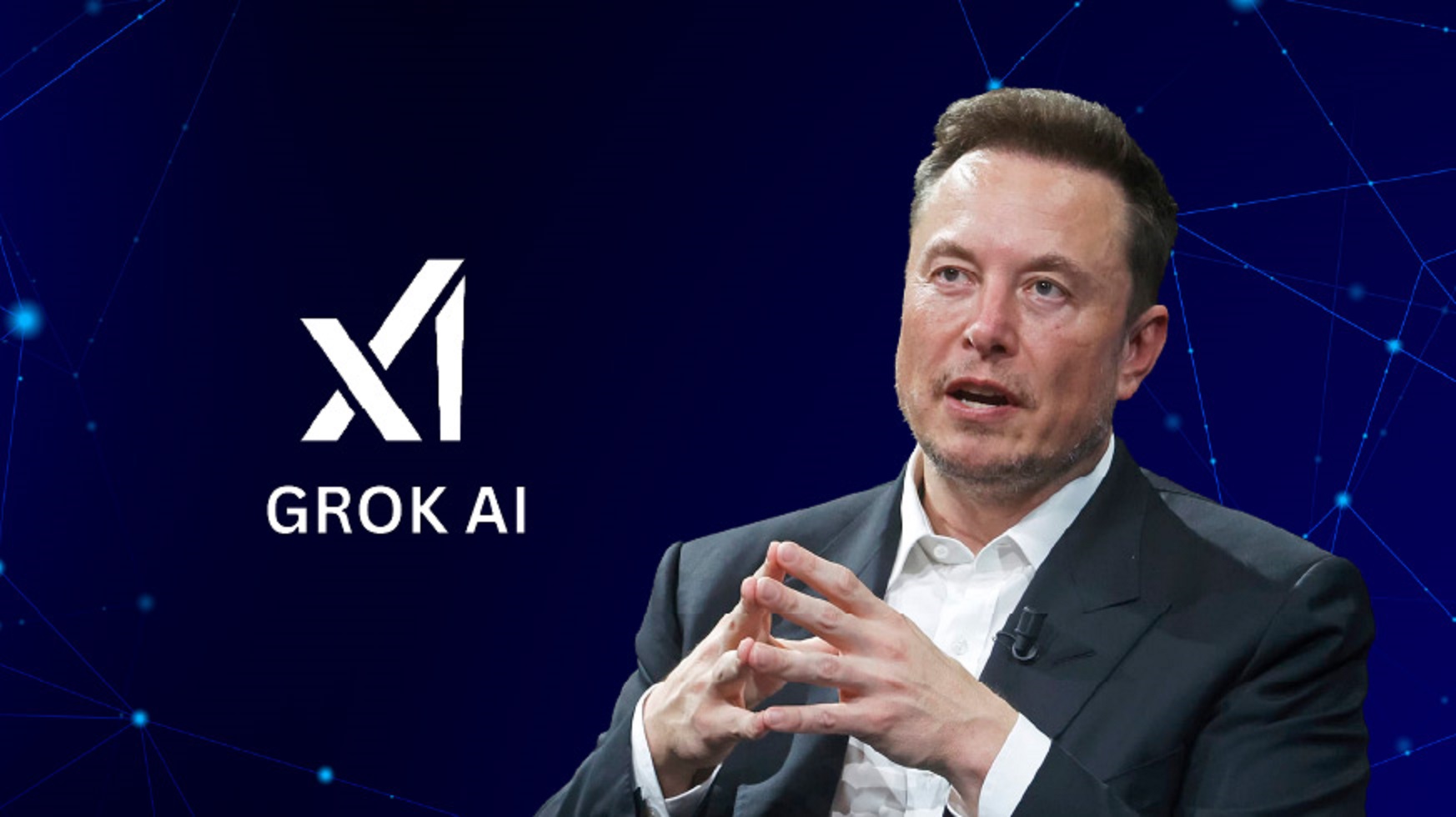
Elon Musk’s xAI has unveiled the base code of Grok AI model, marking a significant stride in AI collaboration. The release introduces a 314 billion parameter Mixture-of-Expert model on GitHub, fostering exploration and adaptation within the AI community. While devoid of vtraining code, Grok’s open source availability under Apache License 2.0 paves the way for diverse applications and innovation. The move aligns with a broader trend of tech giants open sourcing AI models, enhancing transparency and fostering collaborative development.
Elon Musk’s xAI initiative has opened a new chapter in AI development with the release of Grok’s base code. The unveiling introduces a powerful Mixture-of-Expert model, poised to drive innovation and collaboration within the AI community. Grok’s open source availability on GitHub signifies a departure from traditional closed-door development, embracing transparency and inviting contributions from developers worldwide. As tech giants increasingly embrace open-source AI initiatives, Grok emerges as a beacon of collaboration, promising to accelerate advancements and democratize access to cutting-edge AI technologies.
Unveiling Grok’s Base Code
Elon Musk’s xAI has taken a significant step in the realm of artificial intelligence (AI) by open-sourcing the base code of the Grok AI model. However, notably absent is any training code accompanying this release. The unveiling introduces the 314 billion parameter Mixture-of-Expert model, now available on GitHub for exploration and potential adaptation.
Insights into Grok-1
In a recent blog post, xAI clarified that the Grok model wasn’t specifically tuned for any particular application, such as conversational AI. The company provided limited details, mentioning that Grok-1 underwent training on a custom stack, the specifics of which remain undisclosed. Under the Apache License 2.0, the model is accessible for commercial applications, opening avenues for diverse use cases and innovation.
Evolution of Grok and Its Open Source Journey
Elon Musk, in an announcement on X, hinted at xAI’s intention to open source the Grok model, subsequently fulfilled within the week. Initially introduced in a chatbot form accessible to Premium+ users of X social network, Grok boasted capabilities aligned with the platform’s functionalities. However, the open-source release marks a departure from its integration with the social network, offering a standalone version for broader exploration and utilization.
A Landscape of Open Source AI Models
The move by xAI aligns with a growing trend among tech giants to open-source their AI models. Meta’s LLaMa, Mistral, Falcon, and AI2 are among notable examples preceding Grok’s release. Google, in February, unveiled Gemma2B and Gemma7B, further enriching the open-source AI ecosystem and fostering collaboration across industry boundaries.
Exploring Grok’s Potential Applications
With Grok’s base code now accessible, AI-powered tool makers are already envisioning its integration into their solutions. Perplexity CEO Aravind Srinivas expressed plans to fine-tune Grok for conversational search, catering to the needs of Pro users. This proactive approach hints at the versatility and adaptability of Grok, paving the way for innovative applications and enhanced user experiences.
Embracing Collaborative Development
The decision to open-source Grok underscores xAI’s commitment to fostering collaboration and innovation within the AI community. By relinquishing control over the model’s base code, xAI invites developers and researchers to contribute to its evolution and explore novel applications. This collaborative ethos aligns with the broader ethos of open-source development, emphasizing transparency, accessibility, and collective advancement.
Musk’s Ongoing Influence and Legal Battle
Elon Musk’s involvement in the AI landscape extends beyond the release of Grok’s base code. His ongoing legal battle with OpenAI, marked by a recent lawsuit alleging a “betrayal” of the nonprofit AI goal, underscores the complex dynamics shaping the industry. Musk’s vocal criticism of OpenAI and its leadership on X reflects broader tensions within the AI community, highlighting divergent visions and priorities.
Navigating Complex Interactions
As the AI landscape continues to evolve, the interplay between industry players, regulatory frameworks, and ethical considerations remains dynamic and multifaceted. Elon Musk’s influence, both as a visionary and a provocateur, adds layers of complexity to these interactions, shaping narratives and catalyzing discussions on the future of AI.
The release of Grok’s base code by xAI heralds a new era of collaboration and innovation in AI development. As the industry moves towards greater transparency and openness, initiatives like Grok pave the way for collective advancement and democratization of AI technologies. By fostering collaboration among developers, researchers, and industry stakeholders, Grok’s open-source availability holds the potential to accelerate breakthroughs and address pressing challenges in AI. As the journey towards AI democratization continues, Grok stands as a testament to the transformative power of collaboration, shaping the future of AI development for the better.
